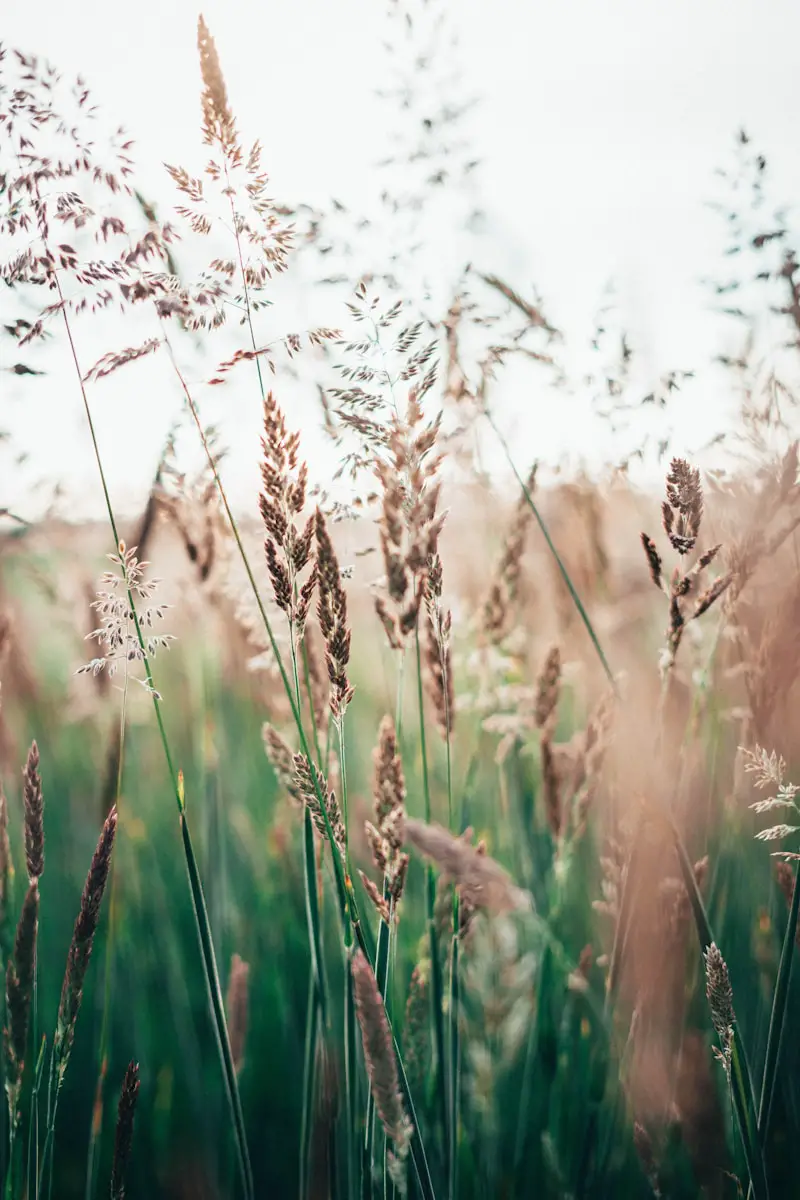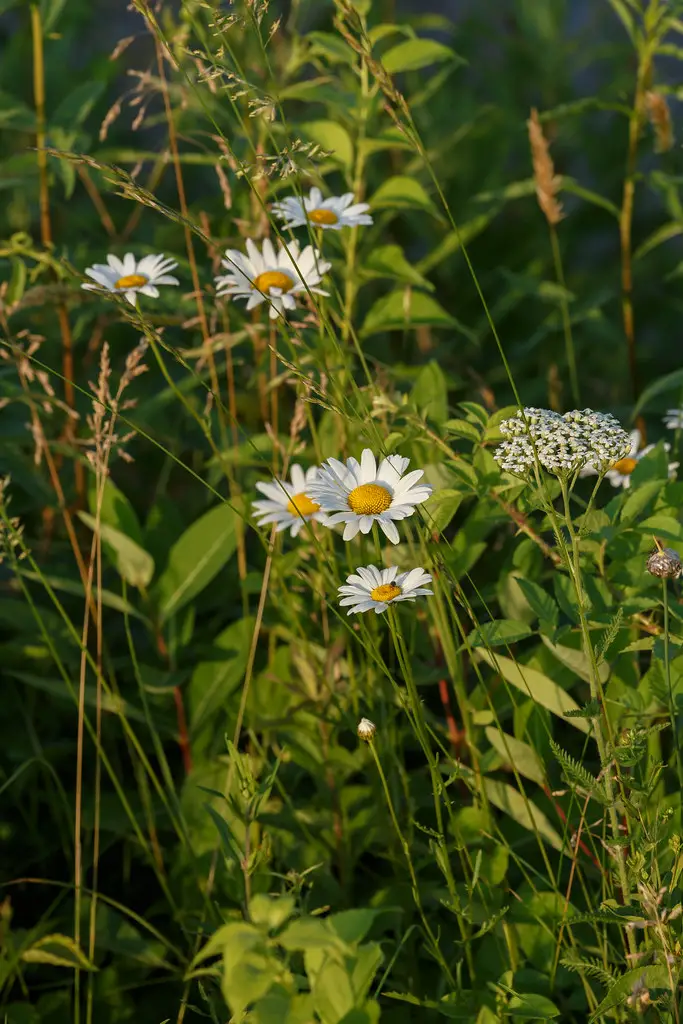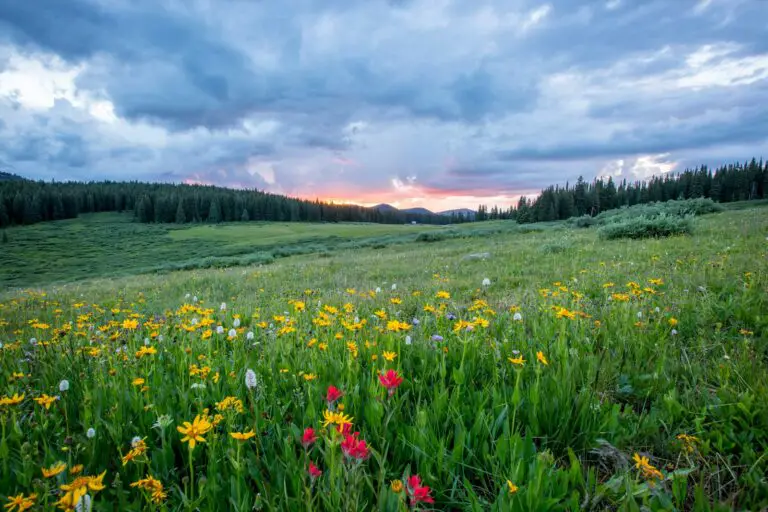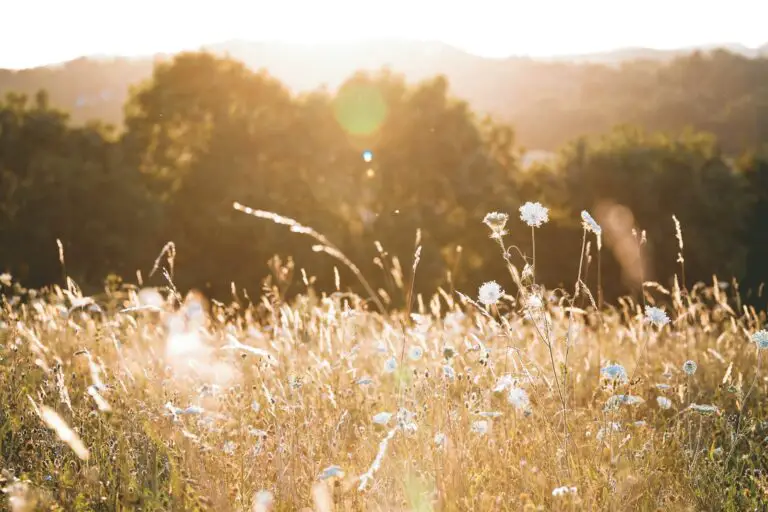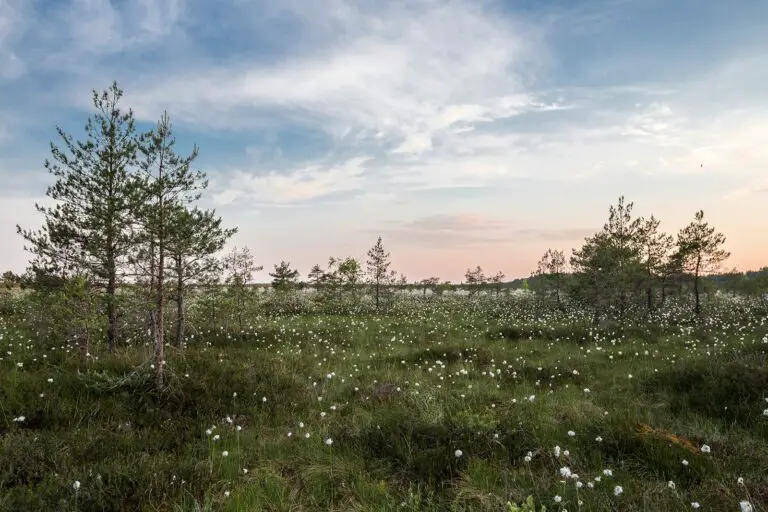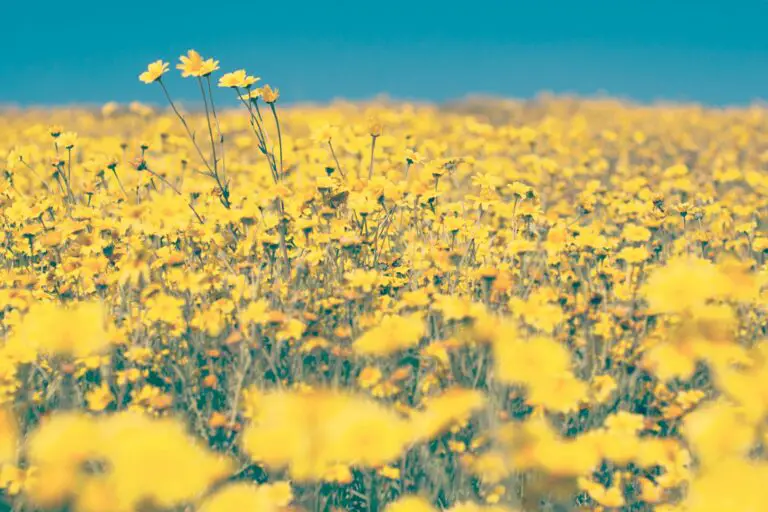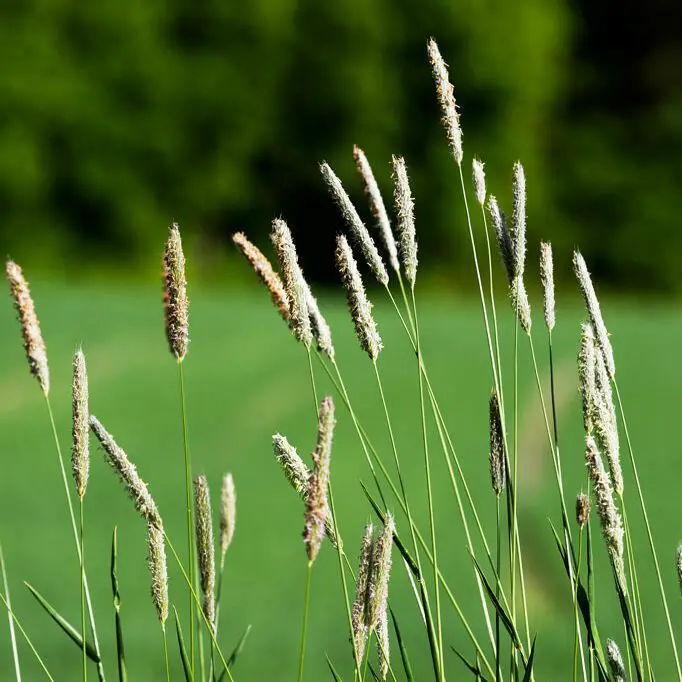Embrace the Flourishing Beauty: Annual Ryegrass and the Delight of Cool-Season Grasses for Garden Enthusiasts
Gardening is an art form stitched with patience and devotion to the vibrant tapestry of nature. For those who find solace and passion in tending to their green sanctuaries, the allure of cool-season grasses like the hardy Annual Ryegrass is like the cool breeze of spring – invigorating and full of promise.
In this comprehensive guide, we will unravel the verdant tapestry of cool-season grasses, with a particular focus on the versatile and beneficial Annual Ryegrass. Garden enthusiasts, now is your chance to deepen your understanding and appreciation for these grasses, and learn how to use them to transform your garden oasis.

Benefits of Annual Ryegrass in Your Garden
Annual Ryegrass is a garden marvel, renowned for its resilience and rapid growth. It serves as an excellent winter cover crop, protecting soil from erosion, suppressing weed growth, and even contributing organic matter once it’s worked into the soil. This cool-season grass also improves soil structure and reduces compaction, which is especially beneficial for gardens with heavy foot traffic or following periods of heavy rainfall.
Beyond its utilitarian benefits, the vibrant green foliage of Annual Ryegrass can enhance the visual appeal of your garden, providing a stark contrast to dormant warm-season grasses and the subdued colors of winter. Its quick growth not only facilitates a rapid establishment but also mitigates the growth of weeds by shading and competing for moisture and nutrients.
But what truly sets Annual Ryegrass apart is its adaptability and ease of use. It can be sown as a standalone grass or as a companion to a variety of garden plants, making it an invaluable addition to any garden style.
Exploring Cool-Season Grasses for Your Garden
When it comes to cool-season grasses, there is a diverse array to choose from, each with its own set of advantages and unique character. For shaded lawns, it’s hard to beat the fine texture of fescue grass varieties, which thrive in areas where other grasses struggle. For larger spaces, Kentucky Bluegrass provides a lush, dense turf.
For a low-maintenance approach, consider using a mix of cool-season grasses in a blend that’s adapted to your local climate. This way, you can benefit from the different strengths of each grass type, ensuring a strong, uniform lawn year-round.
Maintenance Tips for Cool-Season Grasses
Maintaining a healthy, vibrant cool-season grass lawn involves understanding the specific needs of the grasses you’ve chosen. Allocate time for regular watering, mowing, and a spring and fall fertilization schedule to keep your lawn looking its best.
Mowing heights are critical for cool-season grasses, as it directly affects the health and appearance of your lawn. Aim for a higher mowing height, typically around 2.5 to 3 inches, to allow the grass to grow tall and shade its roots, reducing moisture evaporation and weed growth.
When it comes to watering, be sure to do so deeply and infrequently, training the roots to grow deeper into the soil for increased drought tolerance. An occasional aeration and overseeding with grass types appropriate for your region can keep the lawn thick and healthy, preventing bare spots and encouraging a beautiful carpet of green.
Enhancing Garden Aesthetics with Cool-Season Grasses
The beauty of a garden lies not just in the individual plants but in the harmonious balance their collective presence creates. Cool-season grasses, with their varied shades of green, their movement in the wind, and the textural interest they bring, are powerful elements in any garden design.
Design Ideas Incorporating Cool-Season Grasses
Pair the spiky foliage of blue fescue grass with the mounded form of lavender for a Mediterranean-inspired garden. In a contemporary landscape, the bold, sprawling beauty of ornamental grasses, such as the Karl Foerster Feather Reed Grass, can provide a striking focal point amidst more minimalist planting schemes.
Gardeners in coastal regions can make use of the graceful form of Mondo grass in their landscapes, creating the impression of a dense carpet that seems to flow with the breeze. For a splash of color, consider the red tones of New Zealand flax, which contrast beautifully with the rich greens of many cool-season grasses.
Complementing Plants and Flowers for a Vibrant Garden
The choice of companion plants can enhance the beauty of cool-season grasses. Silver-hued plants, such as artemisias or lamb’s ears, stand out against the darker green backdrop provided by these grasses. The wispy blooms of California poppies dance alongside grasses like Festuca glauca, adding a charm that’s as delightful as it is low-maintenance.
Seasonal Care and Maintenance of Cool-Season Grasses
Caring for cool-season grasses is a carefully orchestrated dance with the seasons. Spring is a crucial time for these grasses, as it signals the end of the cool season and the resumption of active growth. Fertilization in spring, alongside aeration and overseeding as necessary, jumpstarts your lawn’s health and beauty.
Summer is a time of rest and dormancy for many cool-season grasses in warmer climates. Reduce watering and mowing during this period, allowing the grass to conserve energy for the coming cooler months. When fall arrives, resume a regular maintenance routine, but be mindful of any early drop in temperatures that might require you to adjust your care schedule.
Winter, particularly in milder regions, may still require some maintenance, albeit at a reduced level. Keep an eye on your lawn throughout the season, ensuring it’s adequately hydrated and protected from extreme temperatures or foot traffic.

Common Challenges and How to Address Them
Like any plant, cool-season grasses are not without their adversaries. Crabgrass and other annual weeds can be a nuisance, so a well-timed preemergent herbicide application can be beneficial. Keep an eye out for signs of disease, such as brown patch or rust; timely measures like improving air circulation and reducing moisture can help prevent and manage these issues.
Pests, including chinch bugs or white grubs, can affect the health of your lawn, but a balanced ecosystem with the right mix of beneficial insects can mitigate their impact. Adjust your care routines as necessary based on your lawn’s response to different seasons and environmental conditions.
Conclusion
Gardening with Annual Ryegrass and other cool-season grasses is a testament to the joy found in nurturing the green life that brings our outdoor spaces to life. The versatility, hardiness, and aesthetic appeal of these grasses make them essential elements for the modern gardener seeking to create a sanctuary of beauty, peace, and continuity throughout the changing seasons.
By understanding the specific needs of cool-season grasses and integrating them into your garden design with creativity and care, you’re not just cultivating a landscape – you’re sculpting a living, breathing masterpiece. Take the first step in transforming your garden, and watch as it flourishes with the delightful beauty of cool-season grasses.

